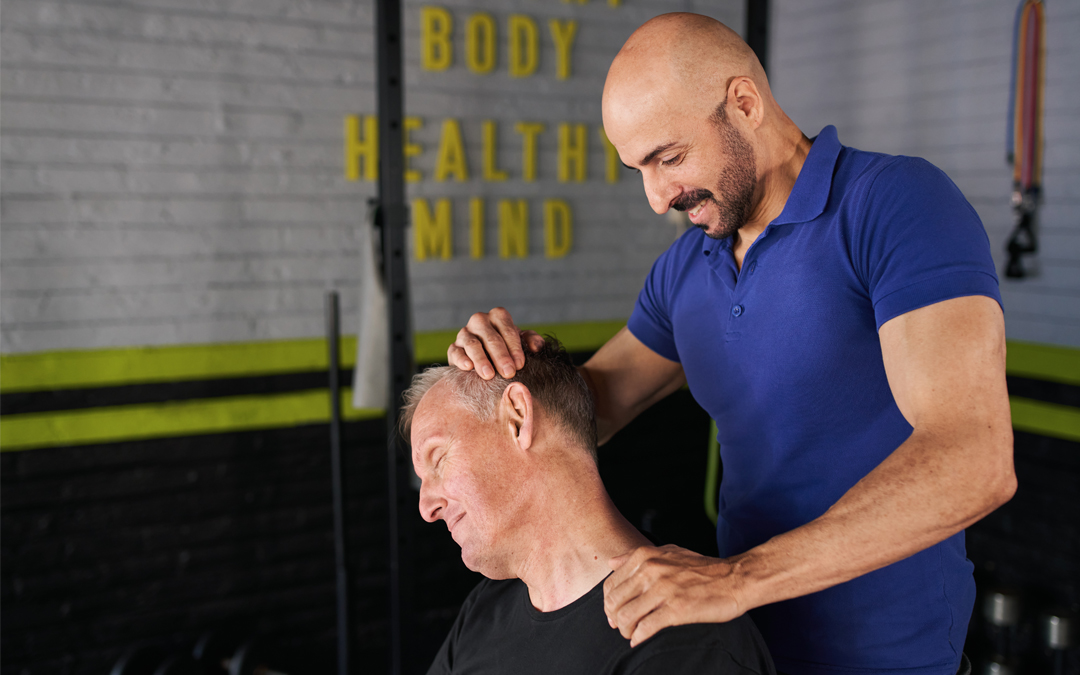A.R.T.
DEFINING ART
ART is “a system of treatment and diagnosis protocols for soft tissues”. It is a non-invasive technique that involves manually breaking up adhesions with deep digital pressure, so as to release the entrapped muscles, tendons, ligaments and nerves. How this is accomplished is by shortening the muscle, taking up tissue tension and then slowly lengthening the muscle actively or passively. Afterward the patients themselves to help avoid recurrences do an active stretching program. The treatment is useful in injury management as well as performance enhancement.
PRINCIPLES OF SOFT TISSUE INJURY
Motion between soft tissues is necessary for normal cellular processes. The lack of motion leads to compromised cellular function and in turn can lead to cumulative injury disorder (CID). According to the U.S. Bureau of Labour Statistics, CID accounted for more than 60% of occupational illnesses in 1991. CID involves physical overload of the tissues beyond their tolerance, often related to overuse. This results in scar tissue formation that can shorten the muscle and block circulation, ultimately leading to pain.
The cumulative injury cycle itself is defined by six factors and their relationships:
i) Weak and Tight Tissues: with repetitive motions, the muscles tighten becoming weak and when a muscle is weak it tends to tighten making the muscle even tighter.
ii) Friction-Pressure-Tension: with weak and tight tissues, the internal forces (friction, pressure and/or tension) acting on the tissues rise and can lead to an inflammatory response.
iii) Decreased Circulation/Edema: with increased forces on tissue (internally or externally) circulation is decreased. If the pressure is in the area of the lymphatic vessels, edema (swelling) results.
iv) Adhesion-Fibrosis: with decreased circulation there is cellular hypoxia (lack of oxygen to the cells) resulting in fibrosis and adhesions between tissues.
v) Tear or Crush: with sufficient external or internal forces, physical disruption of tissues can occur.
vi) Inflammation: with tissue injury, the adhesion process begins and the cycle continues.
This cumulative injury cycle is self-perpetuating and can lead to syndromes such as carpal tunnel syndrome.
EVIDENCE FOR THE EFFICACY OF ART
In a 1999 study by Christensen et al., the efficacy of active release treatment of overuse syndromes was evaluated. The study looked at 28 patients who had failed previous medical treatment for epicondylitis, tendonitis, and carpal tunnel. Results at 1 month and 3 months demonstrated a 71% efficacy rate, which when compared to similar studies in literature was superior.
Similar success stories prevail in the athletic world where Dr. Michael Leahy, the founder of ART, has become world-renowned. Elite athletes such as Donovan Bailey and players in the NHL have continued to compete at high levels due in part to active release treatment by Dr. Leahy and other trained ART providers. Faced with surgery, bodybuilder Milos Sarcev sought Dr. Leahy’s care after tearing his acromioclavicular ligament. After one treatment, Sarcev returned to serious training for the 1998 Mr. Olympia and avoided surgery.
According to Leahy, “most professional athletes retire two or three years before they have to because of some injury, but if they can get the right care, their careers can last longer”.
Such is the case for NHL’s Gary Roberts who retired from professional hockey after two failed neck surgeries. Determined to make a comeback, Roberts sought the help of Dr. Leahy. A total of 7 active release treatments followed by strength training enabled Roberts to recover and play in the NHL the following season.
